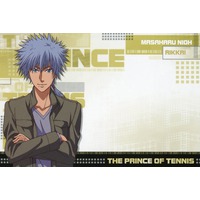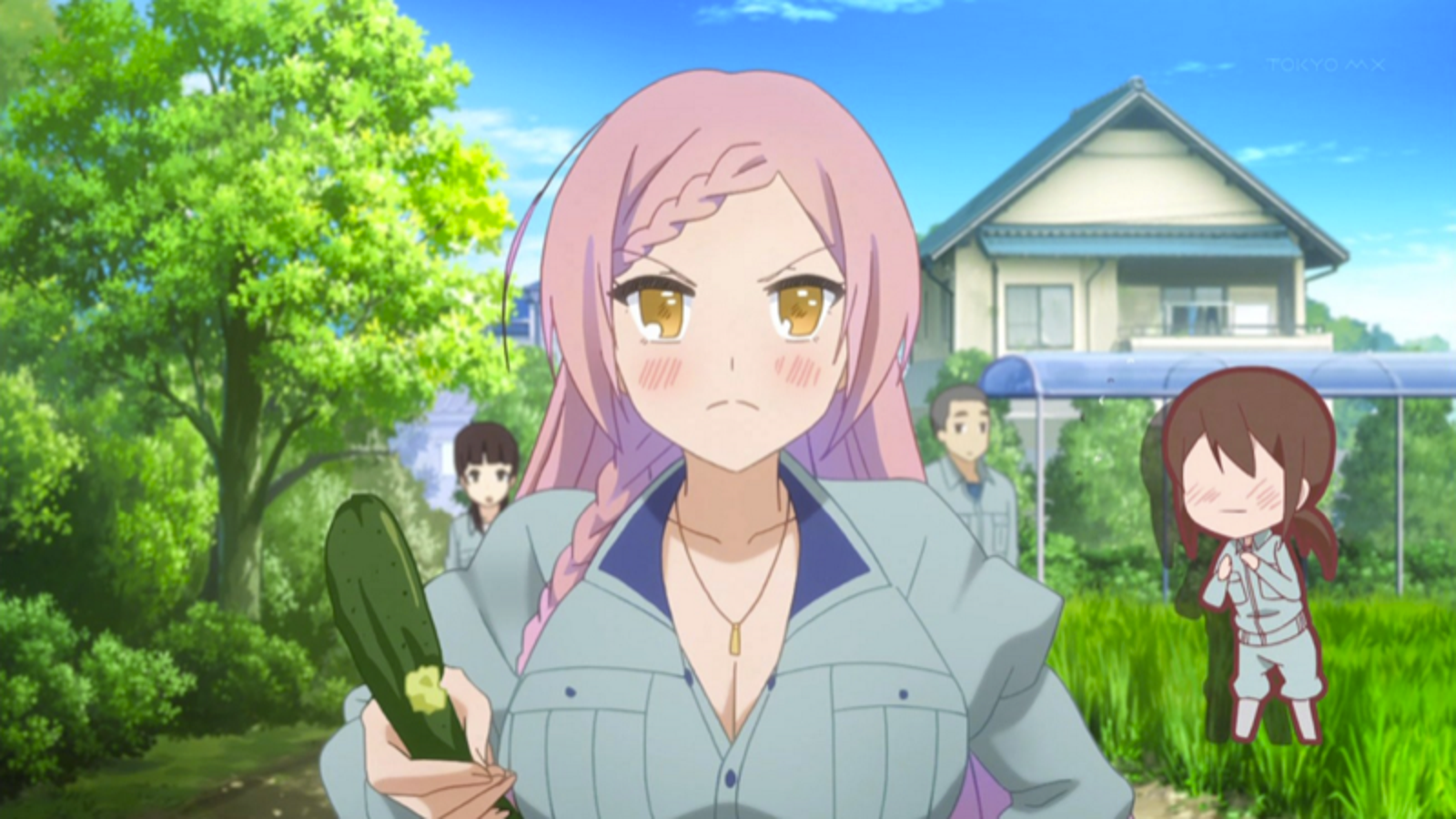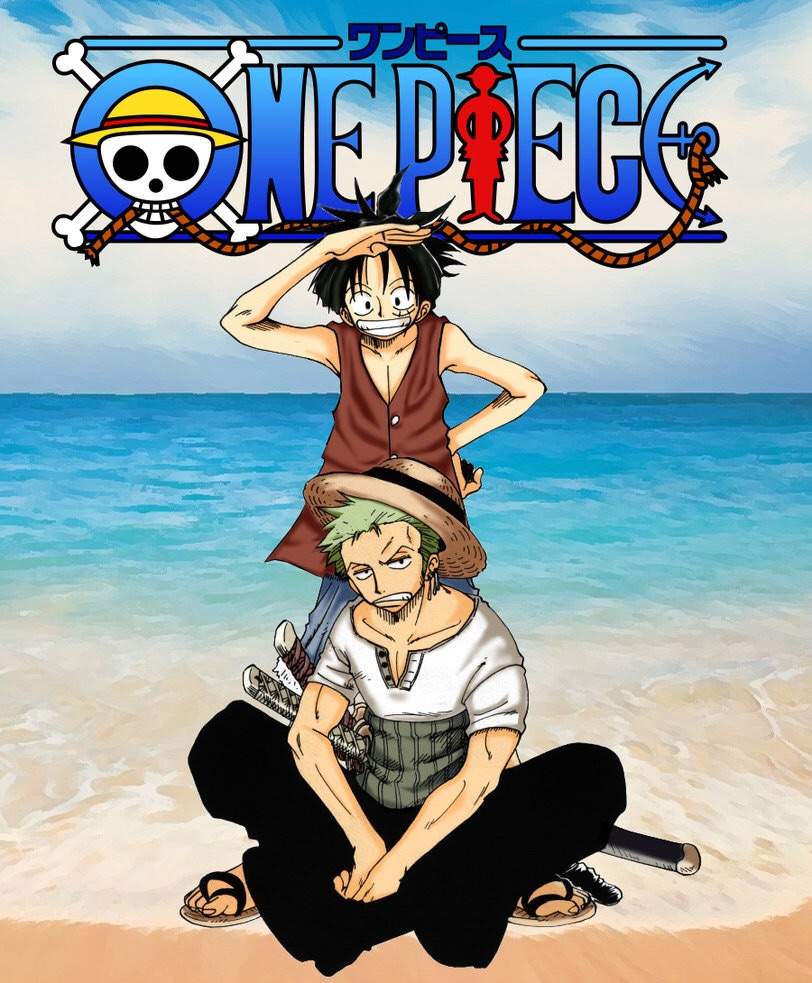
When did anime first come to America?
When did anime come to America? In 1960 Astro Boy was the first anime to be introduced to America by a man named Fred Ladd, who was just a producer at the time. Ladd, however, is the one to be credited for the introduction of anime to the states altogether, and not just for Astro Boy.
When and how did anime become popular in America?
The 1980s would become the golden age of anime as clear fandoms for the art form began to arise. In Japan, the otaku subculture started to grow. Meanwhile, American audiences were being exposed to even more elaborate and higher quality adaptations of anime thanks to improved home video technology.
What was the first anime that was ever made?
The first talkie anime was Chikara to Onna no Yo no Naka (1933), a short film produced by Masaoka. The first feature-length anime film was Momotaro: Sacred Sailors (1945), produced by Seo with a sponsorship from the Imperial Japanese Navy. The 1950s saw a proliferation of short, animated advertisements made in Japan for television broadcasting.
When did the Japanese start to create anime?
The origins of anime date from 1917, when several Japanese animated short films were produced. The first to be commercialized and publicly released was Dekobo's New Picture Book - Failure of a Great Plan. It was produced by Shimokawa Oten, often regarded as one of the fathers of anime.

What was the first anime created?
The first anime that was produced in Japan, Namakura Gatana (Blunt Sword), was made sometime in 1917, but there it is disputed which title was the first to get that honour.
When was anime ever created?
1917The earliest examples of Japanese animation can be traced back to 1917. The defining characteristics of the anime art style we know today first emerged in the 1960s through the works of Osamu Tezuka. If you watch modern anime, you'll quickly pick up on the unique look and feel of the anime art style.
What is the oldest anime of all time?
Namakura Gatana is the oldest existing anime short film, dating back to 1917. The film was lost until a copy was discovered in 2008. What is this? The Dull Sword is one of three works credited as a forerunner of Japanese animation films and is the only one that still exists.
What is the #1 anime?
Anime Top 10Top 10 Best Rated (bayesian estimate) (Top 50)#titlerating1Fullmetal Alchemist: Brotherhood (TV)9.082Steins;Gate (TV)9.043Clannad After Story (TV)9.028 more rows
Who started anime?
The history of anime can be traced back to the start of the 20th century, with the earliest verifiable films dating from 1917. The first generation of animators in the late 1910s included Ōten Shimokawa, Jun'ichi Kōuchi and Seitaro Kitayama, commonly referred to as the "fathers" of anime.
What is the 3 best anime?
The Top 10 Best Anime Series Of All-TimeRe:Zero − Starting Life in Another World.Death Note.Naruto.Rurouni Kenshin: Wandering Samurai.Ghost in the Shell.Steins;Gate.Fullmetal Alchemist.Samurai Champloo.More items...•
Who is the strongest anime character?
The 12 Strongest Anime Characters of All Time1 Saitama (One Punch Man)2 Son Goku (Dragon Ball) ... 3 Giorno Giovanna (JoJo's Bizarre Adventure) ... 4 Anos Voldigoad (The Misfit of Demon King Academy) ... 5 Tetsuo Shima (Akira) ... 6 Muzan Kibutsuji (Demon Slayer) ... 7 Kaguya Otsutsuki (Naruto) ... 8 Yhwach (Bleach) ... More items...•
How many anime are there?
According to the survey, more than 6,000 anime are produced, and more than 3,200 anime are aired on television. Also, about 60% of the all animations broadcasted in the world are made in Japan.
What is the most liked anime?
What Are the Most Popular Anime of All Time?Dragon Ball.One Piece.Pokemon.Naruto.Death Note.Detective Conan.Attack on Titan.Sailor Moon.More items...•
Is AOT the best anime?
Today, Attack on Titan earns this title with its immaculate storytelling. Attack on Titan has gradually earned its position as the best new-generation anime since its debut in 2013. Since reaching this mark, fans have begun placing the series in conversations with the best anime of all time.
What is the most popular anime right now 2022?
15 Best Anime of 2022Demon Slayer: Kimetsu no Yaiba (Season 2)JoJo's Bizarre Adventure (Season 5)My Dress-Up Darling.The Orbital Children.Ranking of Kings. ... Kaguya-sama: Love Is War -Ultra Romantic- (Season 3)Rust-Eater Bisco.World's End Harem.More items...•
A brief introduction
Before we commence with the historical part, let us just briefly explain the two terms we’re going to talk about.
The history of manga – First Manga
Manga has a very rich and interesting history, but its exact origins – at least before the appearance of modern manga – aren’t completely clear.
Was Katsudō Shashin really the first – A history of Japanese animation – First Anime
Although likewise not completely clear, the history of anime enables us to give a more precise answer when the animation is concerned.
1917: A Century Ago
The first animated film released in Japan, and therefore the first anime, was probably released in late 1916 or very early ‘17 by Shimokawa Oten, made with chalk, and less than five minutes long. The uncertainty comes from the fact that most early Japanese films were dismantled after the reels were finished.
The 1950s: Some Familiar Names Appear
After the war, we begin seeing names recognizable to even casual anime fans today. Japan Animated Films was founded in 1948, but you probably know them as Toei, the film company which bought Japan Animated Films in 1956 to create an animated division. They released Hakujaden (The Tale of the White Serpent) in 1958.
The 1960s: Television
Prior to 1958, if you wanted to see animation, you had to go to a theater or have a wealthy friend with a projector and access to reels. Television changed that. The earliest animation to air on the fledgling medium was Mogura no Aventure (Mole’s Adventure). It was in color, used paper cut-outs, and was nine minutes long.
The 1970s: Robots, Literature, And Art
Tezuka left Mushi Pro in 1968 to found Tezuka Productions. Mushi Pro, facing budgetary difficulties and without its founder, closed in 1973.
The 1980s: The Golden Age
The 1980s are considered the “golden age” of anime and saw a huge explosion of genres and interest. Many factors contributed to this, including the introduction of VHS and children who were inspired by Tetsuwan Atom twenty years ago, growing up and becoming nostalgic for their favorite shows.
The 1990s: Crash
Budgets never go up indefinitely, of course. Japan’s economy crashed in 1991, and budgets were cut back and many anime film and OAV studios closed. Even in a recession, however, entertainment is always popular.
The 2000s: Computers And A Bubble
Since the mid-1930s, anime had been almost exclusively animated on cels. During the ‘90s, CGI became increasingly commonplace as a supplemental technique.
How long was the first anime?
The first one with a run time of 78 minutes was Hakujaden (The Tale of the White Serpent) came out in 1958. This movie holds a special place in the history of anime because it was the first export to America and hit theatres here three years later in 1961.
What was the first video game based on anime?
With its impressive iconography, dark themes and flawed characters, it caught the attention of the anime world and was a huge commercial success. Super Mario Brothers is the first video game based on anime.
How long was the Dekobo Shingacho runtime?
There were no transparent cells or color; runtimes were around 5 minutes.
What anime is Toei most famous for?
Toei animated Akira Toriyama’s Dragon Ball, which to this day is one of the most successful and watched anime. Manga, novels, and original stories kept everyone interested, and the advent of video games like Mario Brothers further strengthened anime.
When was the first anime synced feature film?
From the ashes of the failure in the 1920s rose the anime of Pheonix in the 1930s, led by Kenzo Masaoka. Chikara to Onna no Yo no Naka (Within the World of Power and Women) was the first anime synced feature film with pre-recorded voices in 1933.
What does anime mean?
Depending on who you are and where you are from, the word ‘ Anime’ can mean different things. It can conjure up a universe of improbable adventures. Or perhaps an art form. Or an idea of the victory of good over evil or a fight for justice against insurmountable odds.
What was the first propaganda movie?
World War II saw the release of the first ever full-length propaganda feature film called Momotaro: Umi no Shinpei (Momotaro, Sacred Sailors). Many such movies saw the light of day in the coming years with the sole motive of spreading government’s propaganda. Japan Animated Films started in 1948.

Overview
1960s
In the 1960s, the unique style of Japanese anime began forming, with large eyed, big mouthed, and large headed characters. The first anime film to be broadcast was Moving pictures in 1960. 1961 saw the premiere of Japan's first animated television series, Instant History, although it did not consist entirely of animation. Astro Boy, created by Osamu Tezuka, premiered on Fuji TV on January 1, 1963. It became the first anime shown widely to Western audiences, especially to tho…
Precursors
Before film, Japan had already several forms of entertainment based in storytelling and images. Emakimono and kagee are considered precursors of Japanese animation. Emakimono was common in the eleventh century. Traveling storytellers narrated legends and anecdotes while the emakimono was unrolled from the right to left with chronological order, as a moving panorama. Kagee was popular during the Edo period and originated from the shadows play of China. Magic …
Origins of anime (early 1900s – 1922)
According to Natsuki Matsumoto, the first animated film produced in Japan may have stemmed from as early as 1907. Known as Katsudō Shashin (活動写真, "Activity Photo"), from its depiction of a boy in a sailor suit drawing the characters for katsudō shashin, the film was first found in 2005. It consists of fifty frames stencilled directly onto a strip of celluloid. This claim has not been verified though and predates the first known showing of animated films in Japan. The date and f…
Pre-war productions (1923–1939)
Yasuji Murata, Hakuzan Kimura, Sanae Yamamoto and Noburō Ōfuji were students of Kitayama Seitaro and worked at his film studio. Kenzō Masaoka, another important animator, worked at a smaller animation studio. Many early animated Japanese films were lost after the 1923 Tokyo earthquake, including destroying most of the Kitayama studio, with artists trying to incorporate traditional motifs and stories into a new form.
During the second World War
In the 1930s, the Japanese government began enforcing cultural nationalism. This also lead to strict censorship and control of published media. Many animators were urged to produce animations that enforced the Japanese spirit and national affiliation. Some movies were shown in newsreel theatres, especially after the Film Law of 1939 promoted documentary and other educational films. Such support helped boost the industry, as bigger companies formed throug…
Postwar environment
In the post-war years, Japanese media was often influenced by the United States, leading some to define anime as any animation emanating from Japan after 1945. While anime and manga began to flourish in the 1940s and 1950s, with foreign films (and layouts by American cartoonists), influencing people such as Osamu Tezuka,
In the 1950s, anime studios began appearing across Japan. Hiroshi Takahata bought a studio n…
Toei Animation and Mushi Production
Toei Animation and Mushi Production was founded and produced the first color anime feature film in 1958, Hakujaden (The Tale of the White Serpent, 1958). It was released in the US in 1961 as well as Panda and the Magic Serpent. After the success of the project, Toei released a new feature-length animation annually.
Toei's style was characterized by an emphasis on each animator bringing his own ideas to the pr…
What Makes Anime Special?
Origins
- The history of anime in Japan goes back further than one might think. It’s further than the iconic Astro Boy of 1960s, and even earlier than when it was common for televisions to be in peoples home, and even before World War II. Anime’s roots can be found going all the way back to the early 1900s. It’s hard to know exactly when the first piece of animation was created in Japan. Th…
Prewar
- In 1923, the Great Kantō Earthquake struck and devastated Tokyo. The result was that many animation studios were destroyed, along with many of their works. Even without the earthquake, things were not easy for Japanese animators during this time. They were competing with foreign companies like Disney, who were selling already profitable products abroad and were able to un…
During WWII
- The years leading up to World War II saw the Japanese government start enforcing national pride in any way that they could. This included national pride through media and film by enacting laws to control and censor them. Specifically in 1939, the passing of the Film Law enforced heavy regulations on the industry and ensured they served the governments interests. While this force…
After WWII
- Just three years after Japan surrendered in World War II, Japan Animated Films was founded in 1948. This studio would go on to be acquired by the now legendary Toei film company to become their animation department. In 1958 Toei release Hakujaden, also known as Tale of the White Serpent, which is one of the most recognizable older anime. The film w...
The Stepstoward Modern Anime
- If we look back to what we were first trying to uncover, how is it that Japanese animation became so special and iconic that the rest of the world decided to distinguish it from others? Much of what was covered from the 1900s up until the 1960s feels like it hasn’t quite revealed the answer yet. However, the creation of Toei’s animation department was a significant turning point that ha…
Popular Posts:
- 1. how to draw sideways face anime
- 2. a dragonabll heroes anime
- 3. what is hantai anime
- 4. how to get an anime body workout
- 5. how to draw cute anime faces
- 6. how to draw cute anime guys
- 7. how to improve your anime art
- 8. a failure girl anime
- 9. did rwby get its own anime
- 10. how to make anime poses